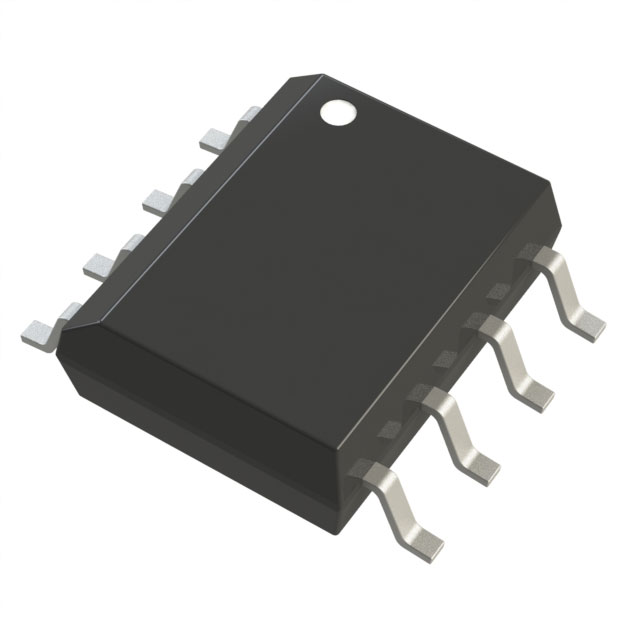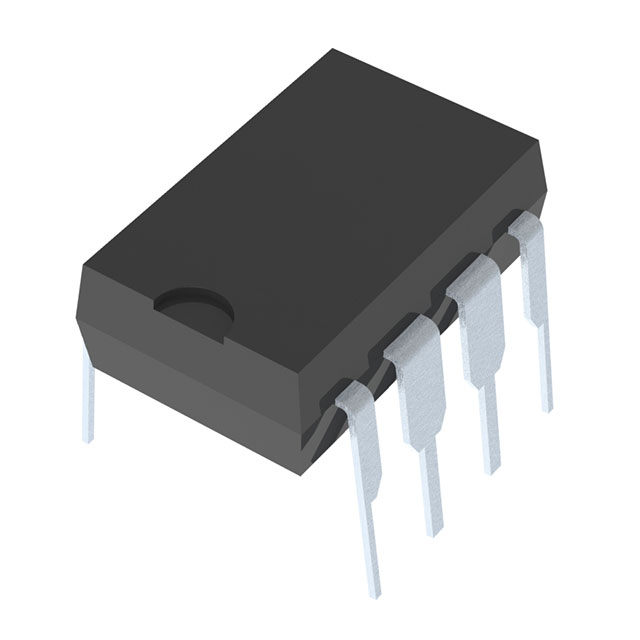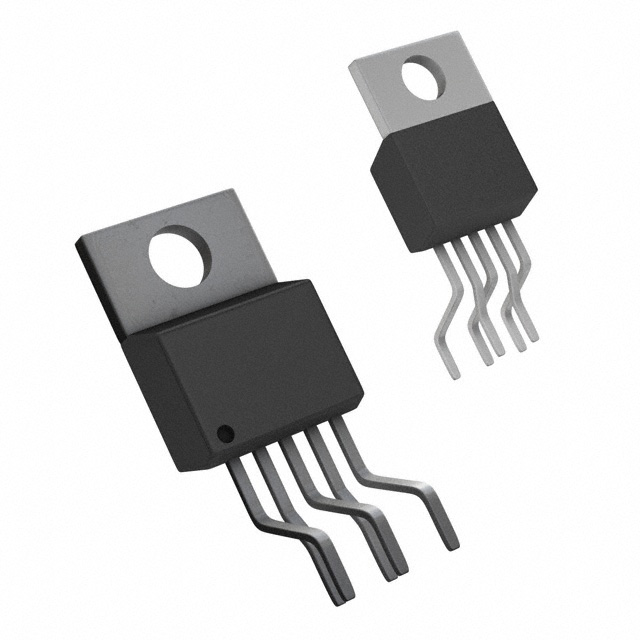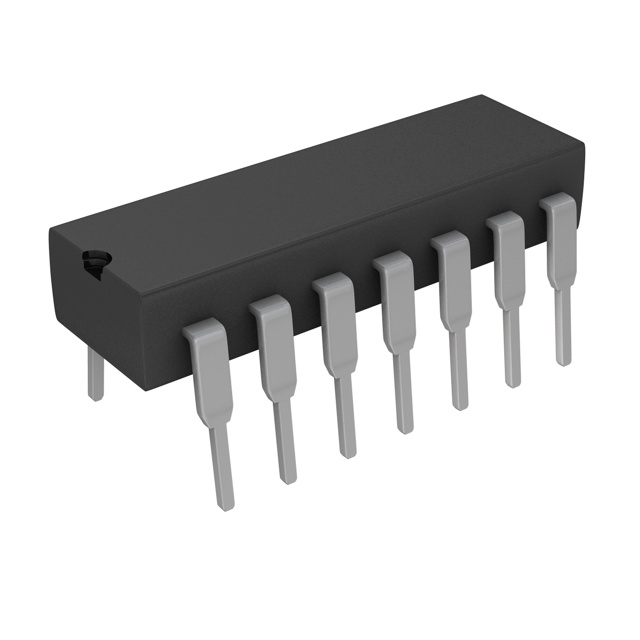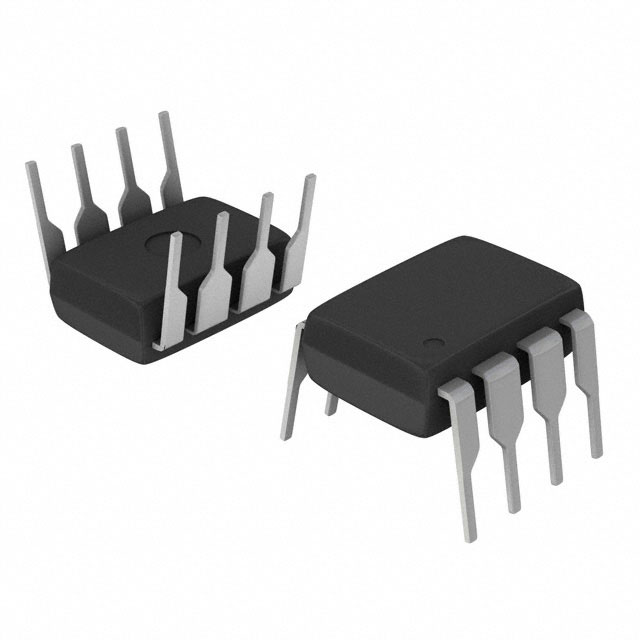product
We provide you with a one-stop service for a massive selection of electronic components
real-time info
A comprehensive overview of information, trends, and policies in the electronic components industry, controlling the world and providing a clear view
Main Application Fields of the ISO1050DUBR Driver
2024-11-28
0
ELITE TEAM
Industry professional elite team, providing you with ultimate service



